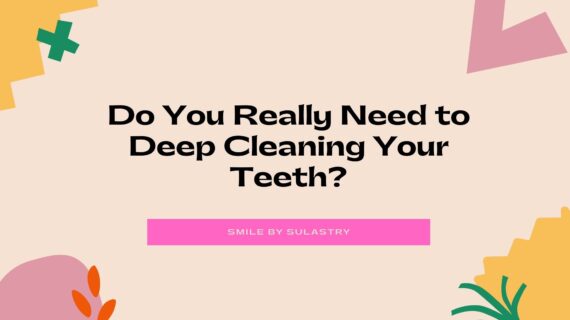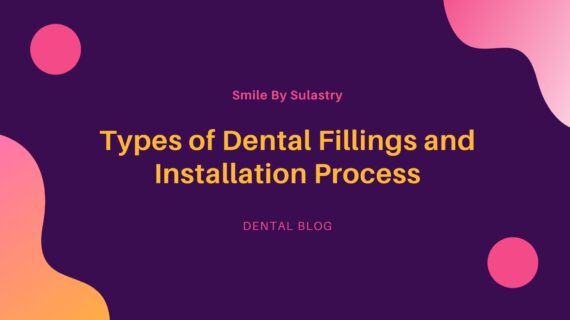Introduction
Imagine going from stained, chipped, or uneven teeth to a Hollywood-worthy smile—without permanent enamel removal or lengthy procedures. That’s the power of veneer composites, a minimally invasive cosmetic dentistry treatment that delivers stunning before-and-after results in just 1-2 visits.
In this we’ll cover:
✔ What veneer composites are (and how they differ from porcelain veneers)
✔ Real patient before-and-after transformations
✔ The step-by-step process
✔ Cost comparison vs. alternatives
✔ How long results last + maintenance tips
What Are Veneer Composites?
Veneer composites are tooth-colored resin layers bonded directly to your teeth to:
-
Cover stains
-
Fix chips or gaps
-
Reshape uneven teeth
-
Create a symmetrical smile
Veneer Composites vs. Porcelain Veneers
| Feature | Veneer Composites | Porcelain Veneers |
|---|---|---|
| Procedure Time | 1-2 visits | 2-3 visits |
| Cost (Per Tooth) | $250-$800 | $800-$2,500 |
| Lifespan | 5-8 years | 10-15 years |
| Tooth Prep | Minimal (no enamel removal) | Moderate (some enamel shaved) |
| Best For | Quick fixes, budget-friendly smiles | Long-term, high-end aesthetics |
Expert Insight:
“Composite veneers are ideal for younger patients or those wanting to ‘test-drive’ a smile makeover before committing to porcelain.”
— Dr. Lisa Tran, Cosmetic Dentist
Before & After: 3 Real Patient Transformations
Case 1: Severe Stains → Bright, Even Smile
-
Before: Tetracycline-stained teeth (yellow-brown streaks)
-
After: Uniformly white, natural-looking teeth
-
Treatment: 8 composite veneers + whitening
-
Timeframe: 2 visits (1 week apart)
View Before/After Photos (Example of a patient with stained teeth → bright smile)
Case 2: Chipped Front Teeth → Perfect Contours
-
Before: Broken incisors from sports injury
-
After: Seamless, undetectable repairs
-
Treatment: Direct bonding (no drilling!)
-
Timeframe: 1 appointment (2 hours)
Case 3: Small Gaps → Instagram-Ready Teeth
-
Before: Gaps between front teeth
-
After: Full, symmetrical smile
-
Treatment: Composite veneers + slight reshaping
-
Cost: $1,200 (vs. $5k+ for Invisalign)
The Veneer Composite Procedure: Step-by-Step
Step 1: Consultation & Digital Smile Design
-
Dentist examines teeth and uses AI imaging to preview your new smile.
Step 2: Tooth Preparation
-
Minimal etching (no anesthesia needed for most patients).
Step 3: Layering the Composite Resin
-
Tooth-colored resin is applied, shaped, and hardened with a curing light.
Step 4: Polishing & Final Adjustments
-
The veneers are polished to match natural tooth shine.
Total Time: 90 minutes to 3 hours (depending on teeth treated).
How Much Do Veneer Composites Cost?
| Country | Average Cost (Per Tooth) |
|---|---|
| USA | $300-$800 |
| UK | £200-£500 |
| Australia | AUD $400-$900 |
| India | ₹5,000-₹15,000 |
Insurance Coverage?
-
Rarely covered (considered cosmetic).
-
Flexible financing options like CareCredit can help.
How Long Do Veneer Composites Last?
-
5-8 years with proper care.
-
3-5 years if you grind teeth or chew hard foods.
Extend Their Lifespan With:
✅ Nightguards (if you grind teeth)
✅ Non-abrasive toothpaste (avoid whitening kinds)
✅ Regular dental cleanings (every 6 months)
Avoid:
❌ Biting nails/ice
❌ Excessive coffee/wine (can stain edges)
Pros & Cons of Veneer Composites
???? Advantages
✔ Instant results (no waiting for lab-made veneers)
✔ Reversible (unlike porcelain veneers)
✔ Budget-friendly (60% cheaper than porcelain)
???? Disadvantages
✖ Less stain-resistant than porcelain
✖ Shorter lifespan
✖ Requires skilled cosmetic dentist
Conclusion: Are Veneer Composites Right for You?
If you want dramatic smile improvements without drilling or long waits, veneer composites offer an affordable, fast, and reversible solution. While they don’t last as long as porcelain, their natural look and minimal prep make them a top choice for first-time smile upgrades.
Ready to explore your options?
Find a composite veneer specialist near you or check out more smile makeover ideas.
- For more artikel :
https://www.maltepedentalclinic.com/blog/veneers-vs-lumineers/
https://www.sciencedirect.com/science/article/abs/pii/S0002817714614641
https://gainesvilledentalgroup.com/veneers-answer-instant-orthodontics/
https://www.carecredit.com/well-u/health-wellness/veneers-aftercare/
- Booking / contact us : 087885490866 (WA)
- Email : smilebysulastry.id@gmail.com


